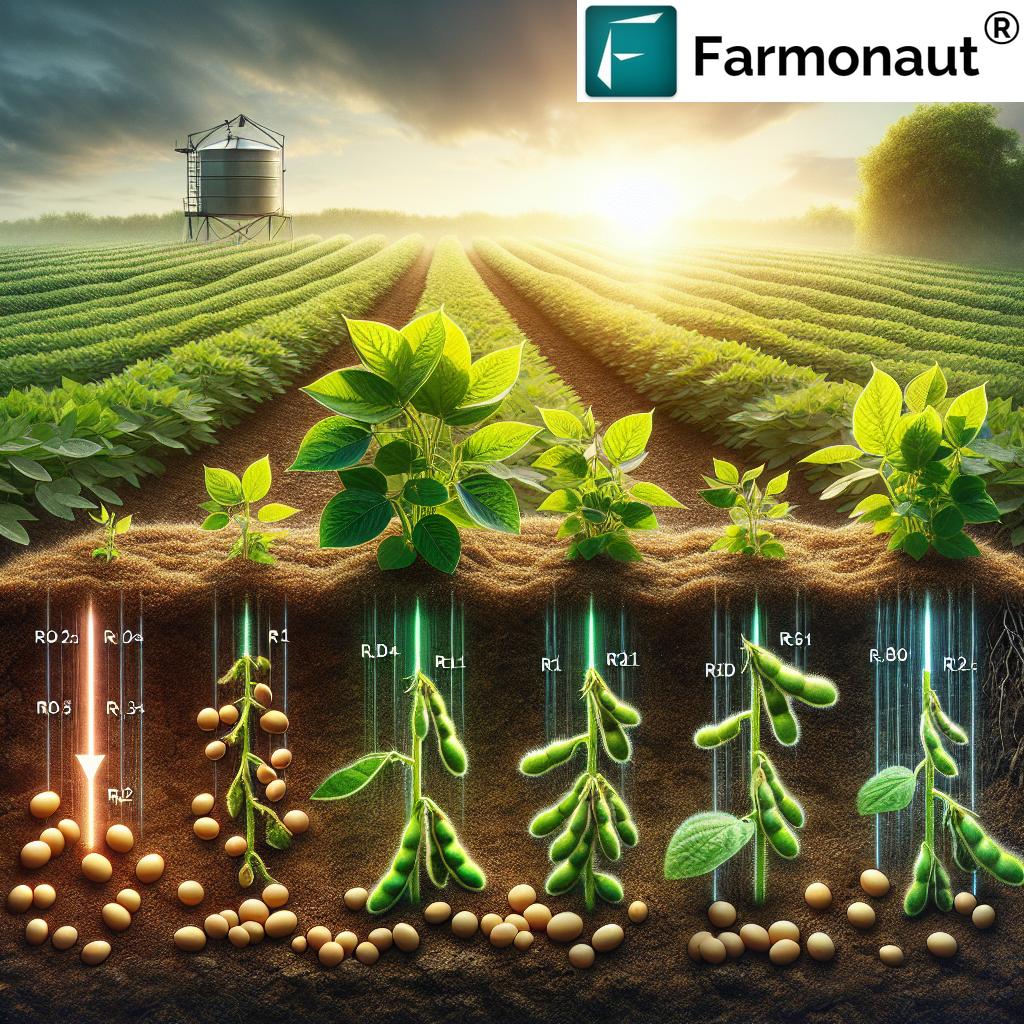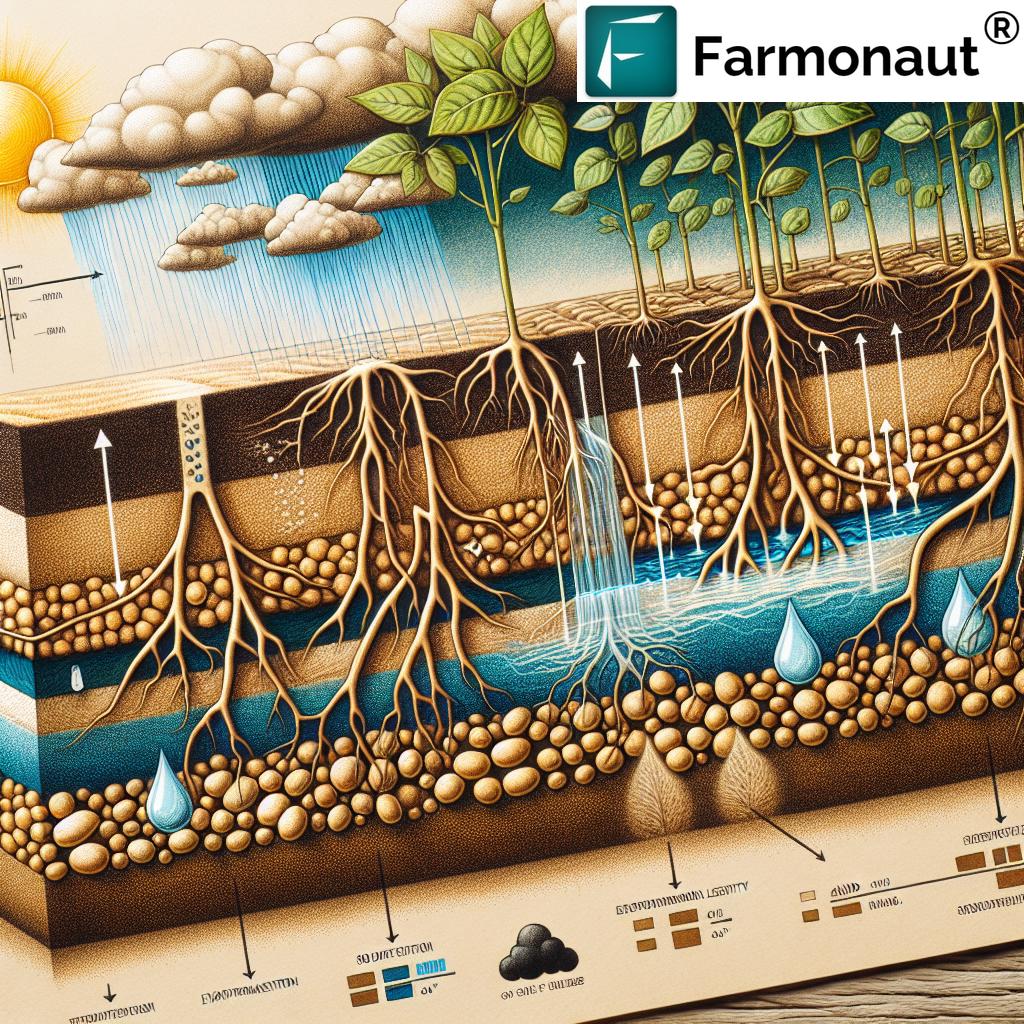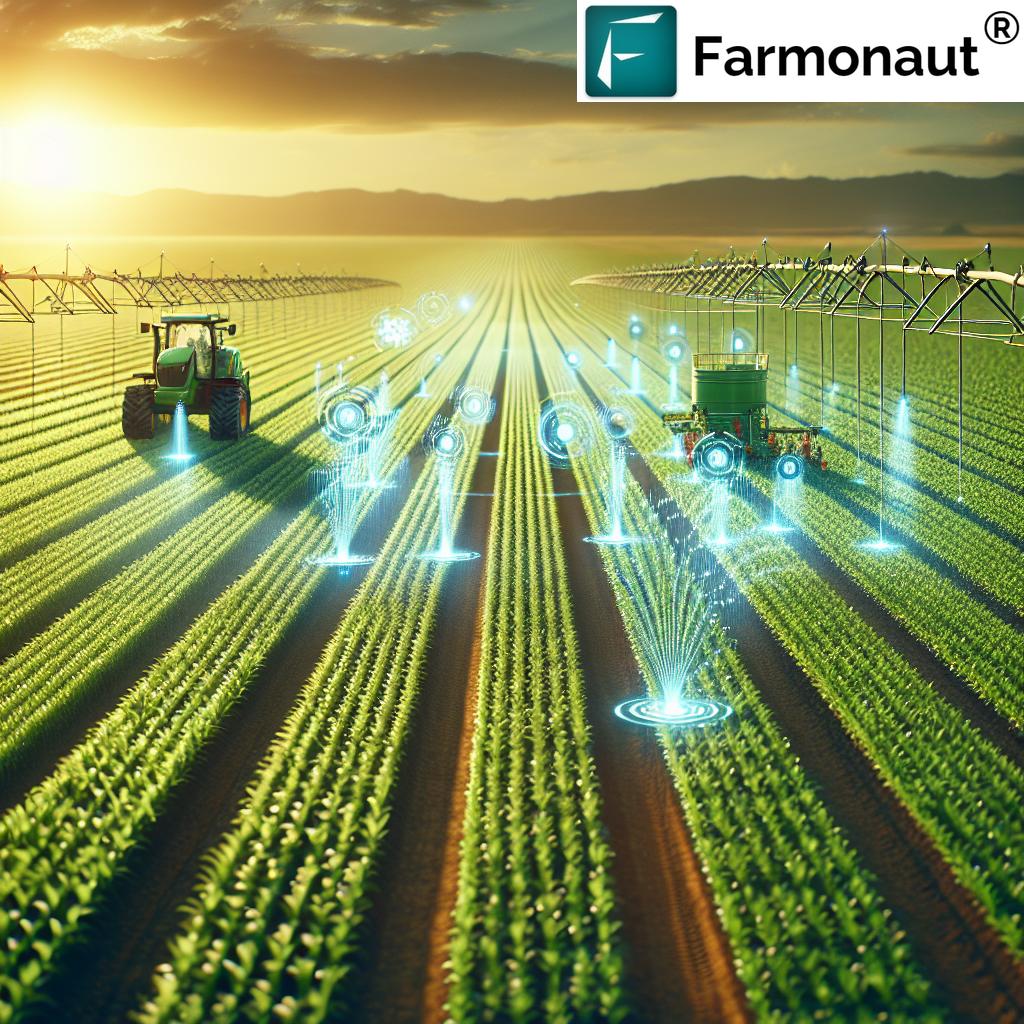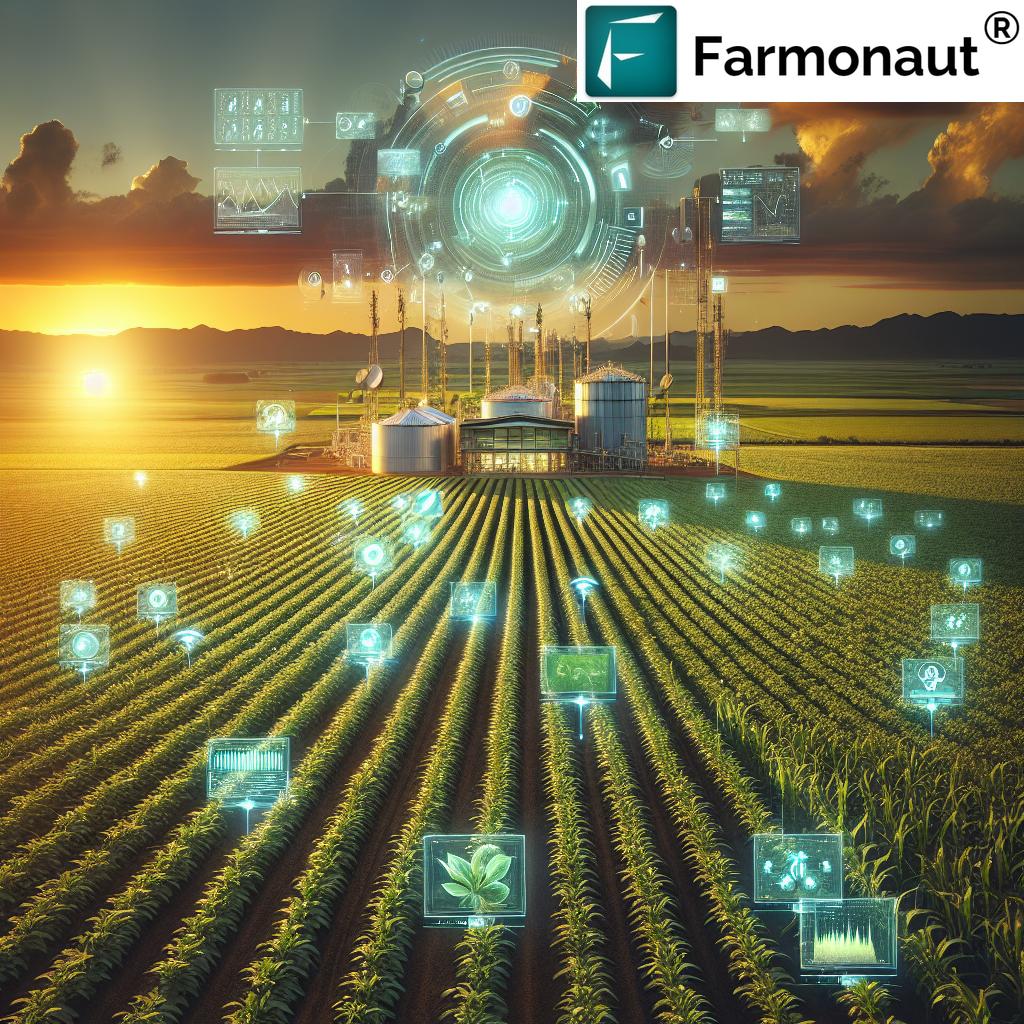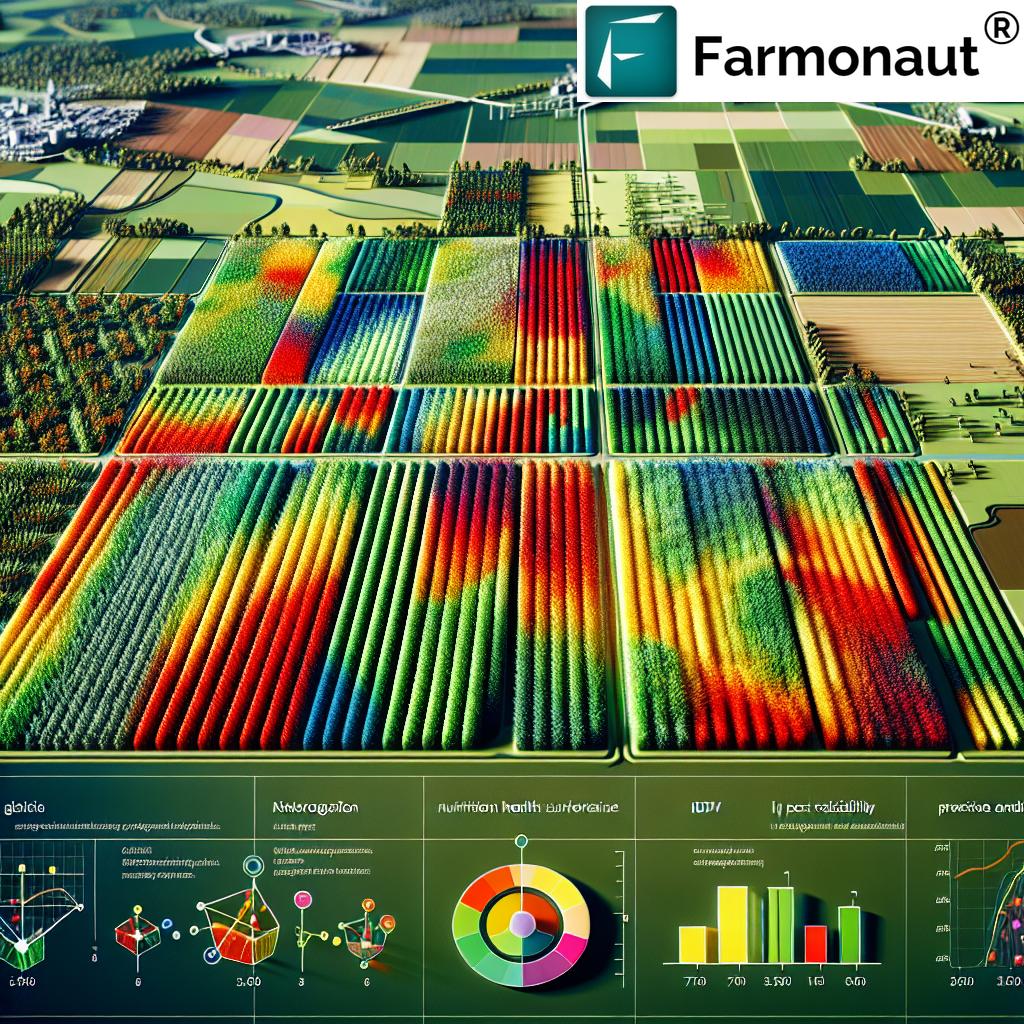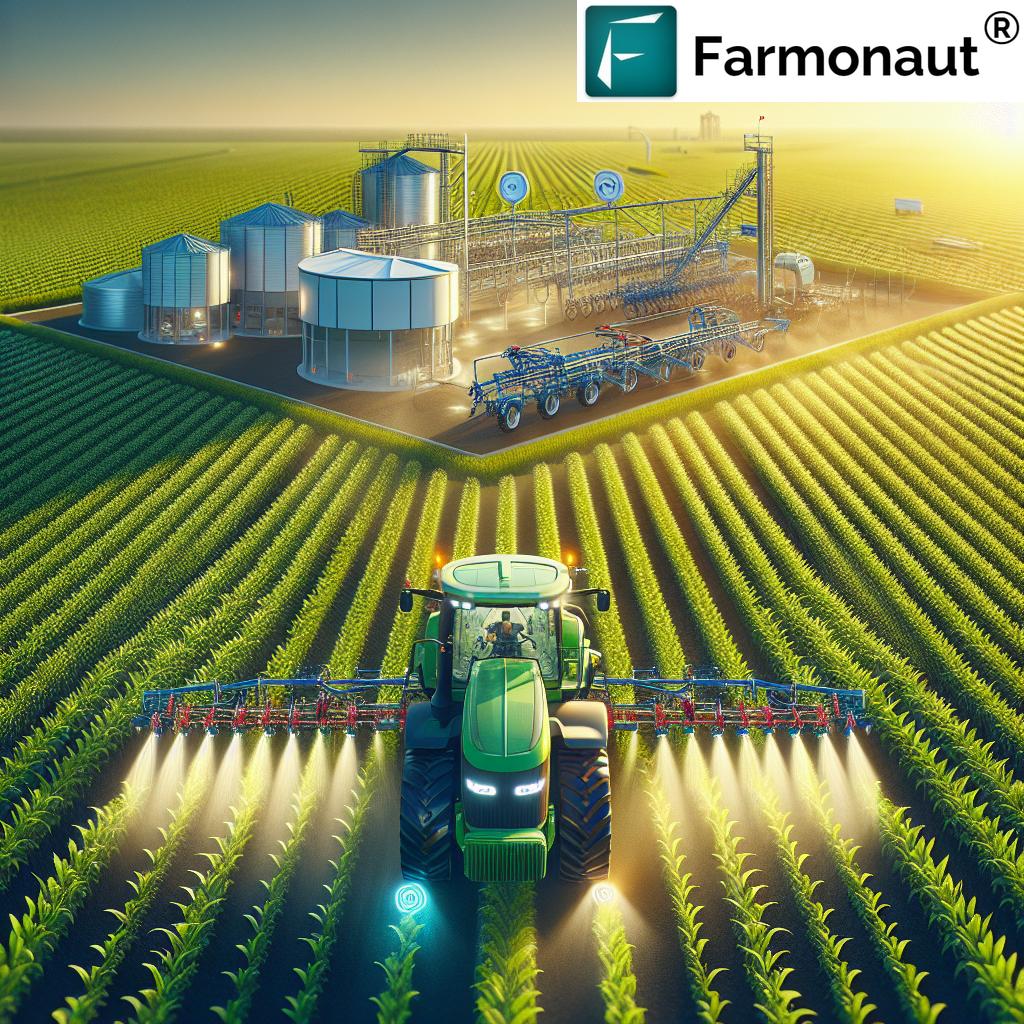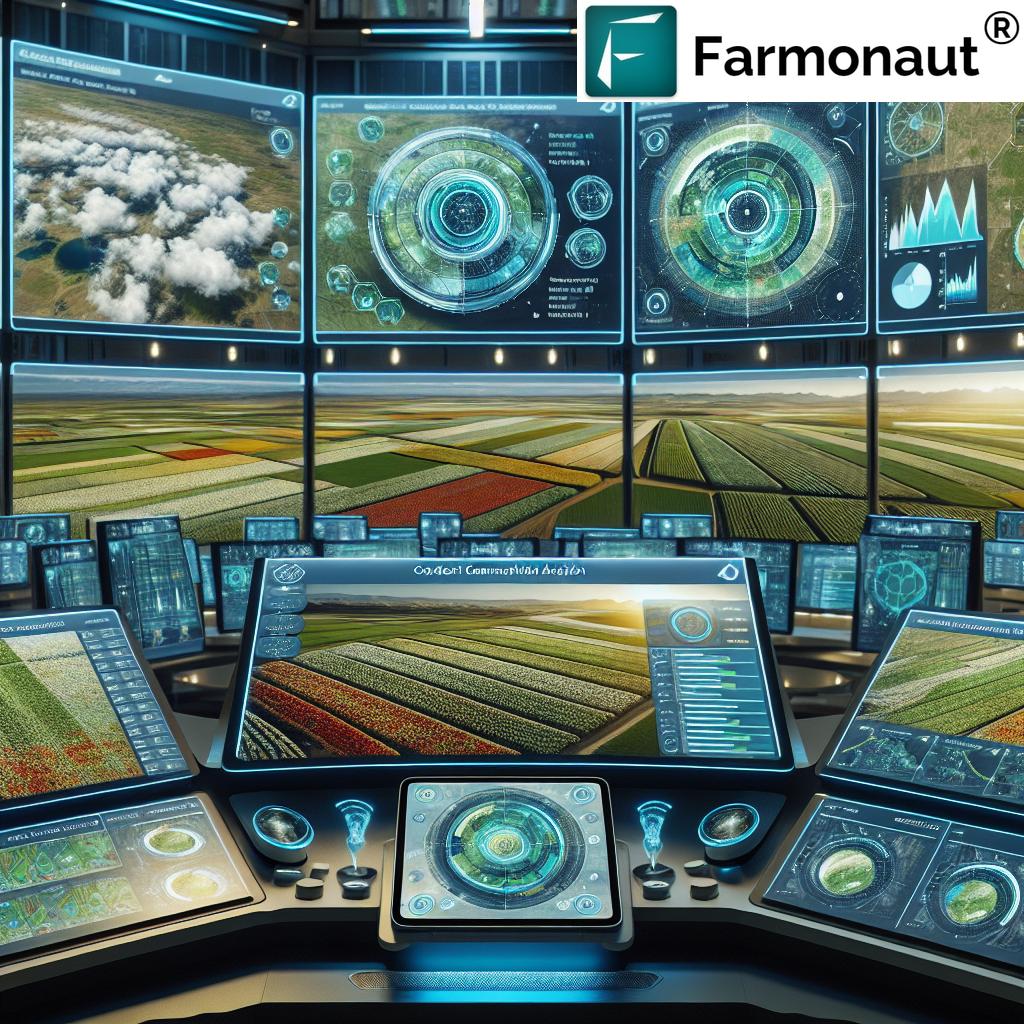Soybean Crop Irrigation Per Day: Boost Yields Fast!
Introduction to Soybean Crop Irrigation
Soybeans (Glycine max) hold a vital position in global agriculture. They provide a primary source of protein and oil, sustaining both human consumption and animal feed industries. Optimizing soybean yield is crucial for food security, farm profitability, and sustainable farming. A key element in achieving high yields consistently is understanding and managing soybean crop irrigation per day.
Knowing how much water our soybeans need each day—especially during critical growth stages—equips us to avoid both over-irrigation (which wastes water and can harm the crop) and under-irrigation (which may reduce yield due to water stress). With advances in technology such as remote sensing, soil moisture monitoring, and smart irrigation scheduling for soybeans, we now have more tools than ever to ensure efficient water use and healthy, productive fields.
Water Requirements of Soybeans
Throughout the growing season, soybean water requirements change significantly. Let’s explore how these needs shift to help us design sustainable irrigation practices:
- Germination and Seedling Development: Soybeans during emergence and early growth only require about 1.2–2.5 mm (0.05–0.10 inches) of water per day. Excessive irrigation here can be counterproductive—leading to prolonged vegetative growth, increased plant height, and lodging.
- Vegetative Stages (V-Stages): As the plant develops leaves and stems, water usage increases to around 2.5–5.0 mm (0.10–0.20 inches) per day. Soybeans are relatively tolerant to stress, but consistent moisture is essential for maximum yield potential.
- Reproductive Stages (R-Stages): During flowering (R1), pod development (R3), and seed filling (R5), daily water use can reach 5.0–7.5 mm (0.20–0.30 inches). Shortages at this critical period can lead to flower abortion, reduced pod number, and smaller seed size — all significantly reducing final yields.
Understanding these different water needs is vital for planning irrigation scheduling for soybeans and ensuring water is available during the most critical stages.
Optimal Soybean Growth Stages and Their Daily Water Needs
Each soybean growth stage exhibits varying water requirements, which we must match with our irrigation strategy to boost yields and promote sustainable soybean farming practices. Here’s a stage-by-stage breakdown:
1. Germination and Early Seedling (0–10 days after sowing)
- Water needs: Low (1.2–2.5 mm/day); avoid overwatering as the seeds only need enough to kickstart the process.
- Tips: Ensure good seed-soil contact and field is moist, not waterlogged.
2. Vegetative Stages (V1–Vn) (10–35 days after sowing)
- Water needs: Increases as plant develops more leaves and stems to 2.5–5 mm/day.
- Tips: Maintain consistent, moderate moisture. Avoid large fluctuations in soil moisture to prevent stress that could impact later stages.
3. Reproductive Stages (R1–R6 | 35–85 days)
- R1 (Flowering): Water needs climb to 5.0–7.5 mm/day. Stress here reduces flower retention.
- R3 (Pod Development): Most sensitive to shortages; moisture deficits lead to fewer pods and reduced seed set.
- R5 (Seed Filling): Critical period: ensures pod size and seed number. Maintain high soil moisture levels!
4. Maturity (R7–R8 | 85–100+ days)
- Water needs taper off. Irrigation largely unnecessary unless there has been prolonged drought affecting pod fill.
Proper irrigation scheduling for soybeans at each of these phases ensures healthy development, optimal yield, and sustainability in our operations.
Irrigation Scheduling for Soybeans: Best Practices and Technology
Effective irrigation scheduling for soybeans maximizes soybean yield and water needs fulfillment. Let’s walk through key considerations for getting irrigation right:
- Soil Moisture Monitoring Soybeans: Regular assessment helps determine when the next irrigation is necessary. We can utilize soil moisture sensors, portable probes, or manual sampling. Such data-guided methods mean we water efficiently—never too early, never too late.
- Evapotranspiration and Soybean Irrigation: ET combines evaporation from soil and transpiration from the plant. Monitoring local ET rates helps time our applications. For example, in the R3 stage, ET rates may translate to 1.6 inches (about 40 mm) per week.
- Irrigation Timing & Frequency: If only one irrigation is possible, apply it at the late pod development to seed-filling period (R3–R5). Here, even a single, well-timed irrigation can significantly boost yield. On lightweight sandy soils, several frequent and smaller irrigations (e.g., 0.75–1 inch per event) may be necessary.
Farmonaut offers
*satellite-based crop health monitoring* that incorporates soil moisture data and weather forecasts to guide irrigation schedules. This approach optimizes water use, promotes sustainability, and ensures healthy crops.
For multi-field or large operational farm scenarios, consider exploring Farmonaut’s Large Scale Farm Management Solution. It allows for seamless planning and monitoring across multiple plots using advanced data analytics—helping us keep irrigation, resource distribution, and crop health in perfect harmony.
Soil Texture, Water Holding Capacity, and Their Irrigation Impact
Soil texture water holding capacity dictates how much irrigation we need, how often, and how to tailor our irrigation strategies for soybean farming:
- Coarse Soils (Sands, Loamy Sands): Feature low water retention capacity. These soils dry out quickly and require frequent but lighter irrigations—typically 0.75–1 inch per event.
- Medium to Fine Soils (Loams, Clays): Hold water much better. We can irrigate less frequently but must remain vigilant to avoid waterlogging or root disease.
Specialty satellite platforms like Farmonaut deliver soil moisture maps that help us customize our irrigation plans according to soil zones—ensuring precise targeting of our resources.
Efficient water use is especially crucial when input costs rise and sustainable practices are prioritized by governments and consumers alike. Utilizing tools such as Farmonaut’s Carbon Footprinting empowers us to monitor our environmental impact alongside smart irrigation.
Climate Impact on Soybean Irrigation
Environmental conditions—especially rainfall, temperature, humidity, wind, and solar radiation—shape how much water our soybean crop requires daily.
- Temperature: Highs speed up evaporation and transpiration, leading to higher water usage.
- Humidity: Low humidity drives more evaporative loss. Irrigation scheduling needs to account for this.
- Wind: Increases ET and dries the soil faster, often requiring more frequent irrigations.
- Rainfall: Regions with erratic rainfall—such as certain parts of central Poland (e.g., rainfall deficits from May to August)—may see soybean water requirements averaging 384 mm per season, highlighting the need for smart supplemental irrigation.
Monitoring local weather conditions is easy using Farmonaut’s app, which delivers real-time weather data for our field. This means we always irrigate based on accurate conditions, not just a pre-set routine.
Watch this video to see how we can easily download and analyze weather data with Farmonaut:
Soil Moisture Monitoring for Soybeans: Tools and Tips
Consistent and accurate soil moisture monitoring soybeans is essential to match irrigation with the crop’s real needs—improving efficiency and preventing waste.
- Soil Moisture Sensors: Automated or manual probes provide continuous moisture readouts from the root zone, delivering the data we need to precisely schedule irrigation.
- Satellite-Assisted Tools: Farmonaut’s platform delivers real-time, multispectral soil moisture maps for any field, helping us identify dry spots and direct irrigation resources efficiently.
- Manual Methods: Digging and feeling the soil at various depths can also gauge moisture in small plots where sensors aren’t feasible.
Access the Farmonaut API or read the developer docs to integrate advanced moisture analytics into your farm management systems. These tools enable scalable, data-driven irrigation across multiple locations.
Evapotranspiration and Soybean Irrigation: What to Know
Evapotranspiration (ET) is the combined water loss through evaporation from the soil and transpiration by the plant. Monitoring local ET rates is critical for efficient irrigation scheduling:
- High ET = High Demand: During R3, soybeans can use up to 1.6 inches/week—plan accordingly.
- Low ET = Lower Demand: Early vegetative or cool/damp weather may require less water.
Farmonaut’s crop monitoring app delivers real-time ET data for every field, so we’re always adjusting irrigation to match weather-driven changes in soybean water requirements.
Water Use Efficiency in Soybeans: Key Strategies
Water Use Efficiency (WUE) measures how much yield we obtain from each unit of applied water. Improving WUE ensures our soybeans achieve maximum output with minimal input and environmental impact.
- Select Drought-Resistant Varieties: These varieties tolerate sporadic rainfall without significantly reduced yields.
- Optimize Planting Density: Not too crowded and not too sparse—balanced spacing reduces competition for water.
- Efficient Irrigation Techniques: Consider drip or sprinkler systems—minimizing evaporative losses from open soil.
- Timely Irrigations: Apply water before the plant reaches critical stress, especially during reproductive growth stages (R3–R5).
- Monitor and Adjust: Using technology for soil moisture monitoring soybeans makes every drop count.
Satellite analytics (like those from Farmonaut) not only optimize irrigation but can also generate reports for traceability—documenting every irrigation event, fertilizer application, and environmental impact for supply chain transparency.
How Farmonaut Empowers Sustainable Soybean Farming Practices
Farmonaut leverages cutting-edge satellite imagery, artificial intelligence (AI), and blockchain to empower us with data-driven irrigation scheduling for soybeans. Here’s how:
- Satellite-Based Crop Health Monitoring: Real-time NDVI and soil moisture insights guide precision water management, helping optimize soybean yield and safeguard soil health.
- AI-based Jeevn Advisory System: Personalized irrigation and crop care guidance consider local weather conditions, soil texture, and soybean growth stages.
- Fleet & Resource Management: Monitor irrigation equipment and field tasks centrally—saving labor costs, time, and ensuring tasks happen at the best possible moment. Learn more about Fleet Management by Farmonaut.
- Blockchain Traceability: Track every layer of your farm’s production, from sowing to harvest and irrigation to storage. Enhances supply chain trust and enables premium pricing.
- Carbon Footprinting: Tools to monitor and reduce the environmental footprint of your entire operation, making your farm more sustainable.
Farmonaut’s solutions are cost-effective, scalable, and built for the needs of individual farmers, large agribusinesses, and even government initiatives. Our mission is to make precision agriculture affordable and accessible—helping farmers everywhere achieve more with less, sustainably.
For farm financing or insurance, Farmonaut also enables satellite-based verification—accelerating access to crop loans and claims by providing accurate, real-time proof of farm operations and crop status.
Soybean Growth Stage Irrigation Schedule (Summary Table)
The following table summarizes recommended daily soybean crop irrigation rates at major growth stages, ideal soil moisture levels, and tips for sustainability:
Frequently Asked Questions: Soybean Irrigation & Sustainable Practices
What is the ideal daily water requirement for soybeans?
The ideal daily water requirement varies by growth stage: 1.2–2.5 mm during germination, 2.5–5 mm during vegetative stages, and 5.0–7.5 mm during reproductive phases (flowering, pod development, seed filling) for optimal yield.
How can we optimize irrigation scheduling for soybeans?
Use soil moisture monitoring tools (sensors, satellite maps), keep track of local ET rates, and always align irrigation with the critical growth phases—especially R1 (flowering) to R5 (seed filling). Data-driven scheduling minimizes water wastage and increases yield.
Does soil type impact how often soybeans need irrigation?
Yes. Sandy soils require more frequent, lighter irrigations due to low water holding capacity. Clay/loam soils retain water longer, needing less frequent applications but must be carefully monitored to avoid waterlogging.
What are the best sustainable irrigation practices for soybeans?
Practice timely, need-based irrigation, conserve water with mulching, and adopt digital monitoring (like Farmonaut’s satellite tools). Efficient resource use and targeted applications improve water use efficiency in soybeans and increase profits.
How does climate and weather affect daily irrigation for soybeans?
High temperatures, strong winds, and low humidity increase evapotranspiration and water needs. Monitoring the weather and adjusting irrigation rates and timing is critical for yield and water conservation.
Can Farmonaut help with soybean irrigation and sustainability?
Yes! Farmonaut provides real-time crop health monitoring, soil moisture analytics, weather forecasting, and AI-based advisory for optimized irrigation. Its tools drive sustainable practices and increase soybean yields worldwide.
Farmonaut Subscriptions & Tools for Sustainable Soybean Irrigation
Ready to adopt precision irrigation for your soybeans? Farmonaut offers subscription services for real-time satellite monitoring, resource management, AI-driven advisories, and much more. Choose your plan below and join thousands of farmers adopting sustainable, profitable practices.
Conclusion: Meeting Soybean Crop Water Needs for High Yields & Sustainability
Understanding daily irrigation needs for soybeans is essential to optimize yields, conserve water, and foster sustainable farming practices. By tailoring irrigation to the crop’s varying water requirements—from germination through reproductive stages—monitoring soil moisture, weather, and soil texture, we ensure healthy plants and productive harvests.
Leveraging modern technology, like Farmonaut’s satellite-based crop health monitoring, AI-driven advisories, and real-time data, further supports efficient, eco-friendly irrigation scheduling for soybeans. Whether you’re a smallholder or manage multiple farms, adopting these tools rewards you with higher efficiency, more resilient yields, and a brighter, sustainable future for agriculture.
Take the next step:
- Assess your field’s daily needs by growth stage and local weather.
- Implement soil moisture monitoring and technology-aided scheduling.
- Choose efficient irrigation systems and sustainable farming practices.
- Leverage Farmonaut’s affordable precision agriculture tools for optimal results.
Let’s transform your soybean farming with data-driven, sustainable irrigation—boosting yields fast while conserving vital water resources.


